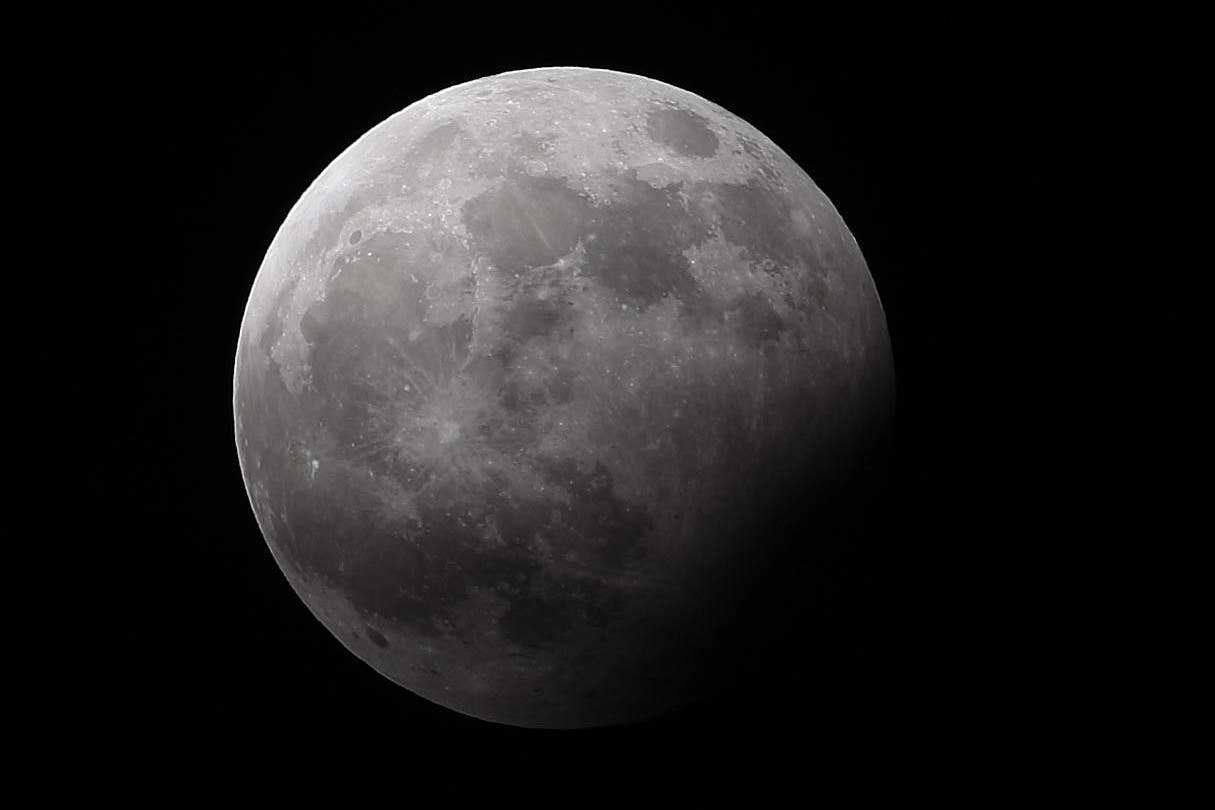Moon rock donated to Ireland by Apollo astronauts was destroyed by fire
A priceless piece of lunar rock given to Ireland following a Nasa mission was lost in a fire at Dunsink Observatory, newly released records show.

Your support helps us to tell the story
From reproductive rights to climate change to Big Tech, The Independent is on the ground when the story is developing. Whether it's investigating the financials of Elon Musk's pro-Trump PAC or producing our latest documentary, 'The A Word', which shines a light on the American women fighting for reproductive rights, we know how important it is to parse out the facts from the messaging.
At such a critical moment in US history, we need reporters on the ground. Your donation allows us to keep sending journalists to speak to both sides of the story.
The Independent is trusted by Americans across the entire political spectrum. And unlike many other quality news outlets, we choose not to lock Americans out of our reporting and analysis with paywalls. We believe quality journalism should be available to everyone, paid for by those who can afford it.
Your support makes all the difference.A priceless piece of Moon rock donated to Ireland following a Nasa mission was destroyed in a fire, newly released records show.
Documents from the National Archives in Dublin detail the embarrassing affair, which saw the rock travel 380,000km (236,121 miles) to Earth before spending three years in a government basement and ultimately being lost in an accidental fire at Dunsink Observatory.
The lunar rock, which originated from the Apollo 11 mission in 1969, was given to President Eamon de Valera by American ambassador JG Moore in 1970.
Confidential documents from April 1984 show Irish officials were unsure where to display the specimen until the US offered to donate a second piece of lunar rock to Ireland in 1973, following another successful Apollo mission.
A memo discussing the original Moon rock notes: “This piece was given on September 4 1973, on the advice of the Department of Education, to the Dublin Institute for Advanced Studies for display at the Dunsink Observatory.
“This piece of Moon rock had lain in the basement of this department for three-and-a-half years due to indecision as to where it might best be displayed.
“It was decided to give the Moon rock to Dunsink when it became known that a second gift was to be made by the US Government and it was thought that some embarrassment would be caused if the first piece was not already on display.”
Unfortunately, rehoming the rock at Dunsink resulted in the artefact’s demise.
“The first piece was destroyed during a fire at Dunsink on October 3 1977,” documents reveal.
The second piece of Moon rock was given by the US in 1973, accompanied by a special plaque including the Irish tricolour.
“As the Moon rock was given direct to the President, it was put on display in the drawing room of Aras an Uachtarain,” one document noted.
Later, the Moon rock was loaned to Aer Lingus at the request of chief executive David Kennedy so it could be featured in the Aer Lingus Young Scientist Exhibition of 1976.
A further memo noted that a permanent display for the Moon rock at the Irish president’s official residence was felt to be inappropriate given that Aras an Uachtarain was only open to invited guests – and that the US intention was clearly for the item to be available for public viewing.
“The most appropriate museum collection in which it might be exhibited would be the geological or mineralogical collection – (but) the (National) Museum has no space to mount its geological exhibition and therefore the Moon rock would have to be put in storage, which would not satisfy the requirements,” it said.
Given the lack of suitable alternatives, it was suggested that the lunar rock be temporarily given to the operator of the national airline and major airports, Aer Rianta, where it could be displayed in its main airport exhibition space.
“Aer Rianta agreed to accept the plaque for their exhibition and the Office of Public Works (OPW) transferred the plaque to them on October 28 1975,” another memo noted.
Eight years later, a document noted that the Aer Rianta display had ended and the semi-state was no longer keen to have the Moon rock in its possession.
A new Geological Survey Office exhibition space was almost ready and the Department of the Taoiseach noted that this would represent the best future home and display for the artefact.
It was agreed that, if necessary, the Moon rock could be loaned back to the National Museum if it was a suitable inclusion for future displays.
– This article is based on documents in 2024/5/67